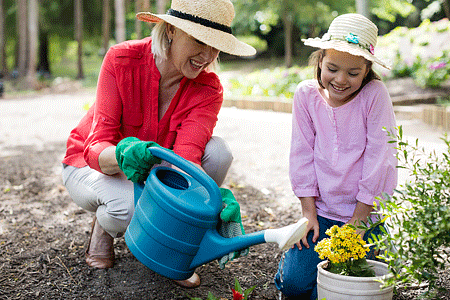Actinic keratosis: Self-care
Having just one actinic keratosis (AK) means that your skin has been badly damaged by ultraviolet (UV) light from the sun, tanning beds, or both. Once skin becomes this badly damaged, you have a greater risk of developing:
More actinic keratoses (AKs)
Skin cancer
The right self-care can reduce these risks and help you find skin cancer early when it’s highly treatable.
Here’s the self-care that dermatologists recommend for their patients who have AKs.
7 highly effective habits for people who’ve have (had) actinic keratosis
Wear sunscreen every day. Studies have found that when patients slather on sunscreen every day, they have:
Reapply sunscreen every 2 hours. Once sunscreen is on your skin, it starts to break down. To stay protected, you need to apply it every 2 hours.
Never try to tan. There’s no such thing as a safe way to tan. Lying in the sun, using a tanning bed, or sitting under a sun lamp will further damage your skin, increasing your risk of developing more AKs and skin cancer.
Protect your skin with clothing, including a wide-brimmed hat, sunglasses, long sleeves, and pants. Clothing gives you added protection because sunscreen cannot block 100% of the sun’s rays.
Protecting your skin from the sun can help prevent new actinic keratosis from developing
If you’ve had AKs, protecting your skin from the sun every day can prevent new AKs and skin cancer.

Seek shade when outdoors. The less UV rays that hit your skin, the safer you will be.
Make skin self-exams a habit. Checking your skin for signs of AKs and skin cancer as often as recommended by your dermatologist can be life-saving.
FIND SKIN CANCER: HOW TO PERFORM A SKIN SELF-EXAM
Regularly checking your skin can help catch skin cancer early, when it’s highly treatable. Follow these tips from board-certified dermatologists to check your skin for signs of skin cancer.
Keep all your dermatology appointments. During these appointments, your dermatologist will carefully check your skin for signs of AKs and skin cancer. Keeping every appointment helps to find skin cancer early when it’s highly treatable.
Image
References
Rosen T, Lebwohl MG. “Prevalence and awareness of actinic keratosis: Barriers and opportunities.” J Am Acad Dermatol 2013;68:S2-9.
 Atopic dermatitis: More FDA-approved treatments
Atopic dermatitis: More FDA-approved treatments
 Biosimilars: 14 FAQs
Biosimilars: 14 FAQs
 How to trim your nails
How to trim your nails
 Relieve uncontrollably itchy skin
Relieve uncontrollably itchy skin
 Fade dark spots
Fade dark spots
 Untreatable razor bumps or acne?
Untreatable razor bumps or acne?
 Tattoo removal
Tattoo removal
 Scar treatment
Scar treatment
 Free materials to help raise skin cancer awareness
Free materials to help raise skin cancer awareness
 Dermatologist-approved lesson plans, activities you can use
Dermatologist-approved lesson plans, activities you can use
 Find a Dermatologist
Find a Dermatologist
 What is a dermatologist?
What is a dermatologist?
